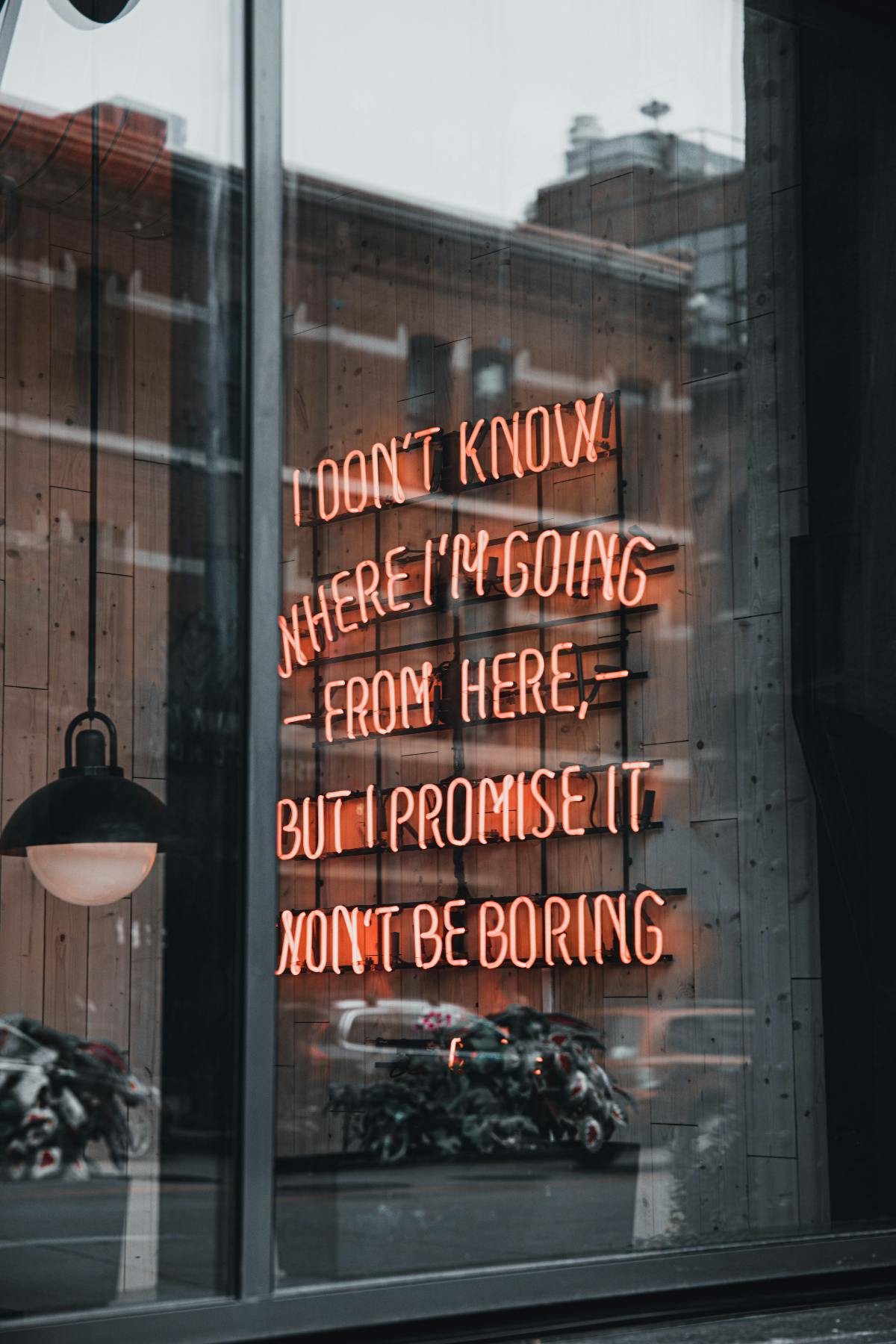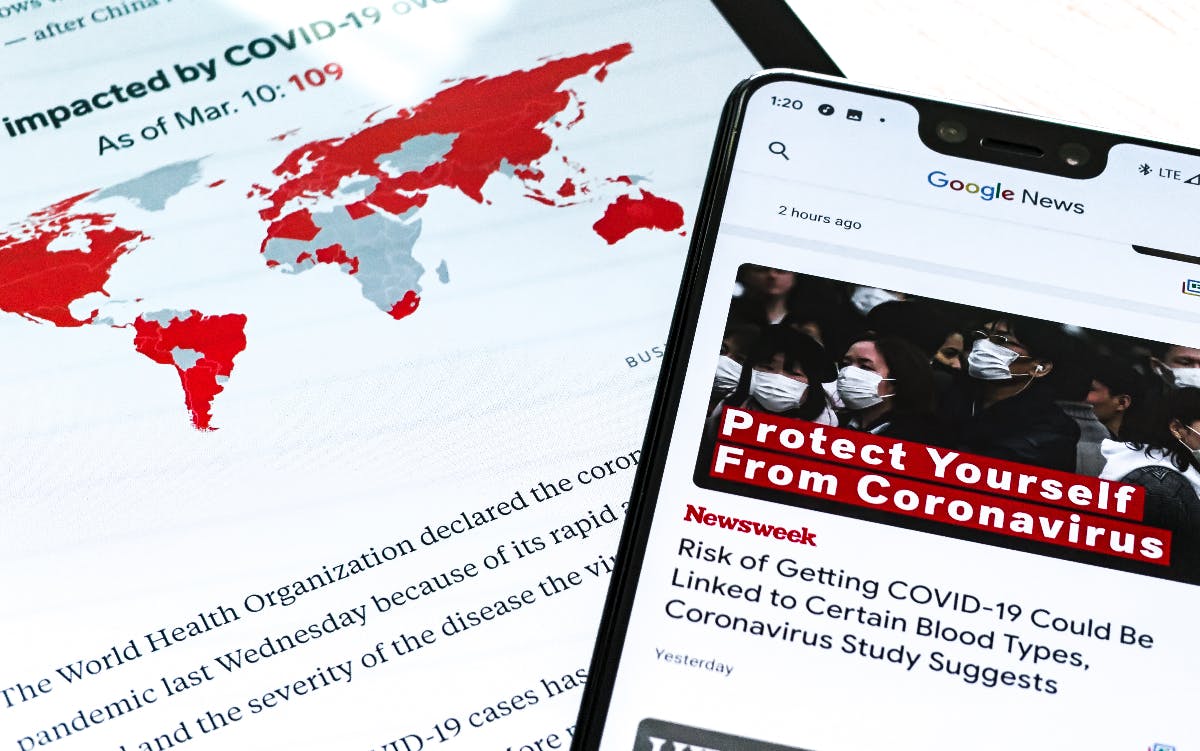
Marketing automation takes all those tasks that would consume hours and hours and depend on attention and energy and puts them in the hands of marketing software. Understand how time, energy, and ultimately money is saved through marketing automation.
Marketing automation takes all those tasks that would consume hours and hours and depend on attention and energy and puts them in the hands of marketing software. Time, energy, and ultimately money is saved through marketing automation.
Numerous software packages are dedicated to marketing automation; finding one that fits you and your business’s particular needs is vital. Depending on the tools you decide to use, your marketing strategy will vary. If you employ a lead nurturing tool, your strategy will be focused on converting those leads using information relevant to their needs, goals, or purchases. However, you’ll want to keep these critical points in mind no matter your strategy.
- Know your audience. Automated or not, if you’re building a campaign, you’ve got to know your audience’s pain points and how to solve them. Build your audience persona before you build an automated workflow.
- Know your customer journey. Meet your lead wherever they are. Map your customer journey and match your marketing automation to those lead stages.
- Review regularly. Your automation must change as your business, products, and customers do. Do let this get too hands-off. Review your workflows on a monthly, quarterly, and yearly basis.
This article will focus a bit more on the customer journey and how it can be impacted by automation in marketing. So, we will be covering,
- What is a Customer Journey?
- What is Marketing Automation
- Marketing Automation Customer Journey
And away we go!
What is a Customer Journey
The custom journey is the map of the route your customer, potential or current, takes, logging the path from the moment they encounter your brand, product, or company all the way to the point of them purchasing your product or engaging the service you offer.
Marketers talk about the marketing funnel, which is linear and relatively rigid. When you’re thinking about your customer’s journey, the path will be less linear and far less stringent. The customer journey can be likened to the flight of a butterfly. It feels random, fleeting, arbitrary, and that’s because it is.
Before your brand, product, or service is known to the potential customer, their path to your checkout page and, ultimately, the purchase will be circuitous. The marketing funnel is concerned with the customer’s stage of interest in your business, product, or brand; the customer journey tracks the individual touchpoints a lead encounters before making the purchase.
The journey examines all touchpoints, every interaction. A visit to your website is a touchpoint. Opening an email is a touchpoint as well. Many customers will return to specific touchpoints as they evaluate need and necessity. Thus, the customer journey, much like the butterfly, can feel random and looping. On average, a lead has to encounter at least eight touchpoints before they feel ready to make an actual purchase.
Tracking the customer journey

Tracking is tricky when you’re dealing with the customer journey. As we’ve stated, it is non-linear, and it takes a lot of information to figure out exactly what your leads are doing before they decide to make a purchase. And, without enough information, it can be challenging to create a map that is 100% accurate. There will always be unknown variables.
However, if you gather enough data, studying your customer’s route to purchase is invaluable. That route will show you, with a level of granularity that a funnel does not provide, which of your marketing tactics connect with your potential customers and which are less effective.
When you’ve gathered and analyzed enough data, then you can draw a customer journey map, a touch-point-based guide of how your lead interacts with your business or brand before making a purchase. A caution here, the customer journey is not one size fits all so, when you have drawn a map, understand that different leads approach the buying step in different ways. Your customer journey map is not a set it and forget it affair. The data you gather will need to be updated and refined with each customer journey. This will build out your map and make it more reliable.
What is Marketing Automation
In the shell of a nut, marketing automation refers to tasks and efforts that have been automated by software. Typically, these tasks or efforts are triggered by the customer’s action. Actions could be anything from making a purchase to filling out a questionnaire or even subscribing to a blog.
So when you’re late-night, should be in bed, shopping, and you buy something, that merchant has a prewritten, automated email ready to shoot through the interwebs, land in your inbox, and thank you for your purchase. Or, if you sign up for their newsletter, or give them vital personal information about you and your family, again, an email finds its way into your inbox almost immediately. That is marketing automation.
Other forms of marketing automation include social media, advertising, and SMS marketing automation. There are also forms of automation that help with the internal tasks of managing the whole marketing operation.
Marketing automation makes life easier for marketers, allowing them to connect quickly and directly to customers, but it should be used with caution. For a more in-depth look, check out this article.
Marketing Automation Customer Journey

Many benefits come with marketing automation and its impact on the customer journey. In a marketing campaign, there are many tasks, such as emailing, posting to social media, collecting information about customers or potential customers, organizing internal tasks, and more.
In a marketing campaign, the many tasks, such as emailing, posting to social media, collecting information about customers or potential customers, organizing internal tasks, and more, would be nearly impossible without automation. The amount of time it would take to, for instance, execute a successful email campaign would be counterproductive considering the cost, time, and energy it took without automation.
Marketing automation can pinpoint each stop on the customer journey giving you vital information that allows you to tweak and focus your campaign for each step. Marketing automation triggered by action or date will enable you to set up the flow. With the data you collect along the customer’s journey, you can continuously improve the message type, and the time it’s sent to have the best shot at converting.
A word of advice here. Implementing automation for your marketing campaign will make the process much easier for you. Time and energy will be conserved as most of the functions are automated. However, never lose sight of the fact that a customer, especially closer to the end of their journey when they are seriously thinking of buying, can be turned off by too much automation and not enough personal contact. Human connection should never be entirely eclipsed by automation.
Marketing Automation Implementation Services
Now we’ll move from theory into practice. How do you transform a customer journey strategy into an automated customer journey?
This can be a daunting task because you have to think through the varying types of customers and potential customers you’ve accumulated. To help you along, here are a few automated customer journeys that you could and really should implement.
Welcome Email
When a customer signs up for your newsletter or makes a purchase, this should trigger a welcome email, making a significant and memorable impact. Some companies put special offers or incentives in the welcome email.
You can slowly start nurturing the lead through the welcome email and encourage them to look at other products or services. Again, this is a welcome, so don’t overwhelm them with demands, make them feel part of a special club, open the doors and let them see all the marvels that are now available to them.
You can also use the welcome email to show off more of your personality, have fun, be witty and let them see behind the curtain. This is the human side that is vital in an automated campaign.
Reminder Email

The reminder email is a great way to re-engage with existing customers that may have gone cold or feel forgotten. A quick CTA and an offer may get them interested and active again.
You may want to have a couple of reminder emails set up in this journey to prompt them to take action. Also, you may want to provide them with helpful content that relates to their next step. For example, if you’re reminding them to re-up their subscription, this would be a great email to tell them all the new benefits that have been added to the subscription.
Milestone Offers Email
This type of email can include anniversary offers or VIP offers. You can even include personal notes like a birthday offer. This email is still triggered by an action, time, or data on the customer in your CRM files.
A milestone email is also a great way to nurture loyalty. If only the most loyal customers get this special email and these special offers, they will see that, as the saying goes, loyalty has its rewards.
Re-engagement Emails
A simple “Hey, we’ve been thinking about you” or “we miss your face” email is excellent for this part of the customer journey. The idea is to keep them connected and interested after the purchase. This type of email works best when you know why they became disengaged, and you can offer something to spark their interest and engage them again.
Customer journey mapping is super helpful here when you’re looking to automate these emails. When the time is right, send engaging stories, offers, insights, connections to useful blogs, or whatever you think works best for that particular disengaged customer to get them back in the fold.
ThoughtLab and Automated Marketing
That’s a lot to think about, we know. If you’re just starting with automated marketing and you find this too overwhelming, or you’ve been in it for a while, but you want fresh eyes and new ideas, why not talk to the folks at ThoughtLab?
ThoughtLab has over two decades of automated marketing experience, and they can guide you on the path while creating solid automated marketing strategies for you. Let ThoughtLab’s skilled marketers and deep expertise make automated marketing work for you. Contact them for a free consultation today.

